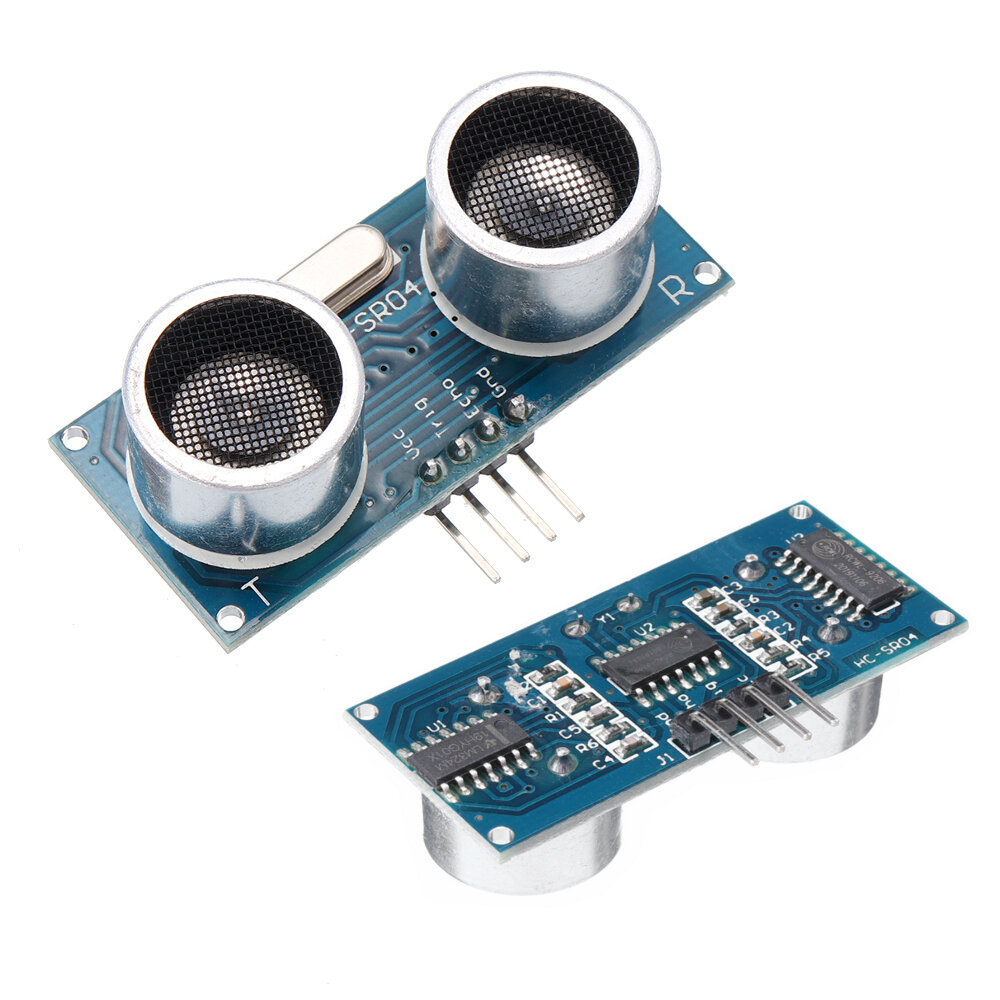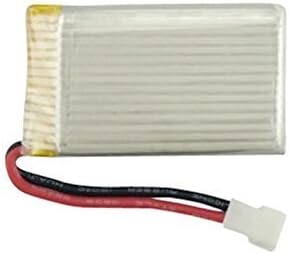Or any MQTT based system
This article accompanies the "DIY Door Alarm Sensor" YouTube series. It contains the code, libraries, diagrams, 3D print files and more information that I promised in the videos: DIY Door Alarm Sensor
You can always go ahead and buy a ready-to-use a solution like this Ring Alarm Contact Sensor but these devices usually would only work with their respective apps, and some of them would require you to pay extra in order to receive push notifications, or enable cloud usage. Now, this article and its video provide a step-by-step guide and links to everything you need to build a similar device that accomplishes the same thing.
In addition to detecting when a door or window are open and sending notifications. This device:
- When motion is detected (door opened), only then, the connection to WiFi is made, again, to save energy
- Has a removable LiPo battery for easy recharging
- Sends notifications (and any type of data) to an MQTT topic, enlarging the possibilities of what you can do with the data
In my case, I will be sending the notifications to my Home Assistant setup in order to trigger a pre-defined automation that:
- Pushes actionable notifications to our phone devices through Home Assistant companion apps
- Converts notification alarm to a text (Alexa TTS capabilities) and play it through the Amazon Echo devices around the house
- Turns on the front door lights if it's after sunset and turns them off 2 minutes later
The beauty of this is I can decide to trigger any type of notifications in the future such as playing an alarm sound or sending SMS notifications...
So without further ado, let's start with a list of all hardware components, Apps and Libraries I've used in this project:
- WEMOS D1 R2 (ESP8266 ESP-12F)
- HC-SR04 Ultrasonic Sensor
- 5 LiPo Batteries And Charger
- Spade 2P Cable Lead Plug
- Solder Kit
- Helping Hands for soldering
- Screwdriver Set
- Breadboard - Jumper Wires - Male to Male Jumper Wires + Tweezer
The Ultrasonic Module HC-SR04 can measure the distance to an object by using echo. It can measure the distance between the sensor and the object by the time from the sound wave of a specific frequency to the time when the sound wave is heard to bounce back
This small module is perfect for all kind of projects that need distance measurements, e.g. avoiding obstacles. It provides 2cm-500cm non-contact measurement function with a ranging hight accuracy that can reach to 3mm
I will be placing this module on my door where the distance to the wall is fixed while the door is closed, but when opened, the distance between the door and the wall obviously increases. This increase in distance will be detected by the HC-SR04 module which will trigger the alarm
HC-SR04 working principle: The module automatically sends eight 40KHz square wave to detect whether a signal is returned, if an object is detected, Echo pin will be high level, and based on the different distance, it will take the different duration of high level So we can calculated the distance easily:
- The distance = ((Duration of high level) * (Sonic :340m/s)) / 2
- Distance L = 1/2 × T × C
I've decided to use the WEMOS R1 D2 microchip for this project because it has a small size that saves space and can easily fit in a printable 3D case, but also because of a few reasons:
- It has an Analog pin
- It has WiFi capabilities
- It supports OTA online: Updating code Over-The-Air
- 4MB of memory which more than enough for our needs
- And because it's compatible with Arduino IDE, making the programming easy
A Lithium Polymer battery, or more correctly Lithium-ion Polymer battery (abbreviated as LiPo, LIP, Li-poly, lithium-poly and others), is a rechargeable battery of lithium-ion technology using a polymer electrolyte instead of a liquid electrolyte. High conductivity semisolid (gel) polymers form this electrolyte. These batteries provide higher specific energy than other lithium battery types and are used in applications where weight is a critical feature, such as mobile devices, radio-controlled aircraft and some electric vehicles.
I had purchased this set of 5 batteries with a charger from Amazon for under $15 and been using them for a previous project without a problem, so that shall be my go to battery for this project as well.
No one likes wires hanging around, and so I went ahead looking for a 3D case I can use for this project and luckily found this one on Thingiverse so that's what I'll be using
The HC-SR04 Ultrasonic Module has 4 pins: Ground, VCC, Trig and Echo. The Ground and the VCC pins of the module needs to be connected to the Ground and the 5 volts pins on the Wemos Mini respectively. The trig and echo pins to any Digital I/O pin on the Wemos, in our example we use D5 for Trig and D6 for Echo. Please follow the diagram bellow:
Wiring source files are included under wiring folder
The code within main.cpp file is well documented, but I'll try to explain the concepts and ideas behind the code in this section. But first of all, copy the file secrets_copy.h to secrets.h and edit its content with your details: WiFi credentials, Home Assistant details...
The sketch begins with the creation of a few objects we'll need along the way: WiFiClient that we use to connect to Wifi and PubSubClient that we use to send data through MQTT
WiFiClient espClient;
PubSubClient client(espClient);Then we declare a few variables like the pins used to send the wave and measure the time it take to bounce back, as long as the number of tries we aim to do while connecting to WiFi because we want to avoid draining the battery trying to connect to WiFi indefinitely.
#define NB_TRYWIFI 20 // WiFi connection retries
#define sensorEchoPin D5
#define sensorTrigPin D6The setup() function make sure the WiFi is disconnected when the board first boots up, and that's because WiFi consumes a lot of energy, so we want to make sure it's only activated when required:
void setup()
{
Serial.begin(9600);
disconnectWiFi(); // no need to switch WiFi on unless we need it
pinMode(sensorTrigPin, OUTPUT);
pinMode(sensorEchoPin, INPUT);
}The function that reads the distance is straightforward:
long readSensor()
{
digitalWrite(sensorTrigPin, LOW);
delayMicroseconds(2);
digitalWrite(sensorTrigPin, HIGH);
delayMicroseconds(10);
digitalWrite(sensorTrigPin, LOW);
duration = pulseIn(sensorEchoPin, HIGH);
return duration / 58.2; // The echo time is converted into cm
}Make sure you have installed an MQTT broker in your HomeAssistant setup beforehand. You can start here: https://www.home-assistant.io/docs/mqtt/broker#run-your-own
All contribution to this project is appreciated





